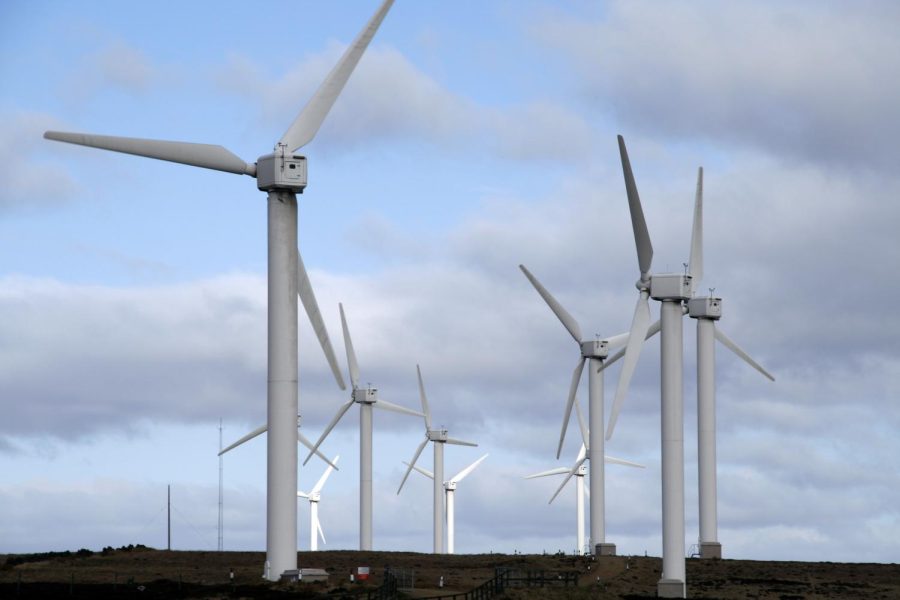Storing Energy in Wind Turbines
Storing Wind Energy
Wind turbines produce energy by converting mechanical energy into electrical energy which is then stored or used to power buildings and houses. Wind turbines are installed near each other and are called farms. For wind turbines to produce a noticeable amount of energy, you need the wind speed to be around 13 mph. The electrical energy produced by these turbines will then be transmitted to grid power lines which then go to consumers (i.e. customers and companies).
Ways to store wind energy
There are a couple of ways to store energy produced by turbines. Most energy will be stored until needed usage.
Battery Storage
A very efficient, small-scaled way of storing energy is by pumping it into batteries. Usually, for this procedure, you will use Lead Acid batteries or Deep-cycle batteries because they are rechargeable and hold a lot of energy. It also disposes of a lot of that energy without turning it into heat or other useless types of energy.
Air Storage
Excess power produced can be used to compress air into large tanks. The air can then be pushed into a compressed air motor. Another way of using air storage would be putting it into an internal combustion turbine. Fuel is used to burn the air to form mechanical energy and then it can power generators.
Hydrogen Fuel Cells
Hydrogen Fuel cells are a very effective way of storing energy. It is used to electrolyze H2O (water) which then turns the water into hydrogen gas and oxygen gas. The remaining hydrogen gas is stored and converted into electricity for further uses.
Best Way to Store Energy
The best way to store energy in a small-scaled way would be battery storage because of price and space. A very efficient and stable battery is the Battle Born 12V 100 Amp Hour Lithium Iron Phosphate (LiFePO4). It supplies a great amount of energy that is environmentally clean. Though most lithium batteries will have problems such as different charged cells, the LiFePO4 uses Battery Management System (BMS). The BMS takes care of low/high voltages and bad weather conditions. It is also lightweight which gives it convenience. Though the usual capacity is pretty low, there are more available. The battery can also take 3000 to 5000 cycles which means it can be charged and discharged many times. It is also capable of pass-through charging meaning it can be charging and discharging at the same time, but it comes with a few risks to battery health.
Conclusion
As wind energy production increases, technology seems to become more efficient. Ways to store energy have become so technologically advanced that energy loss is at an all-time low. Although there may still be money problems with building these turbines, they become more cost-efficient. More energy can be collected if the storage is at top efficiency.
RELATED STORIES:
http://www.electronicshub.org/best-deep-cycle-batteries/
https://www.interstatebatteries.com/blog/what-is-an-agm-battery-and-whats-the-big-deal















